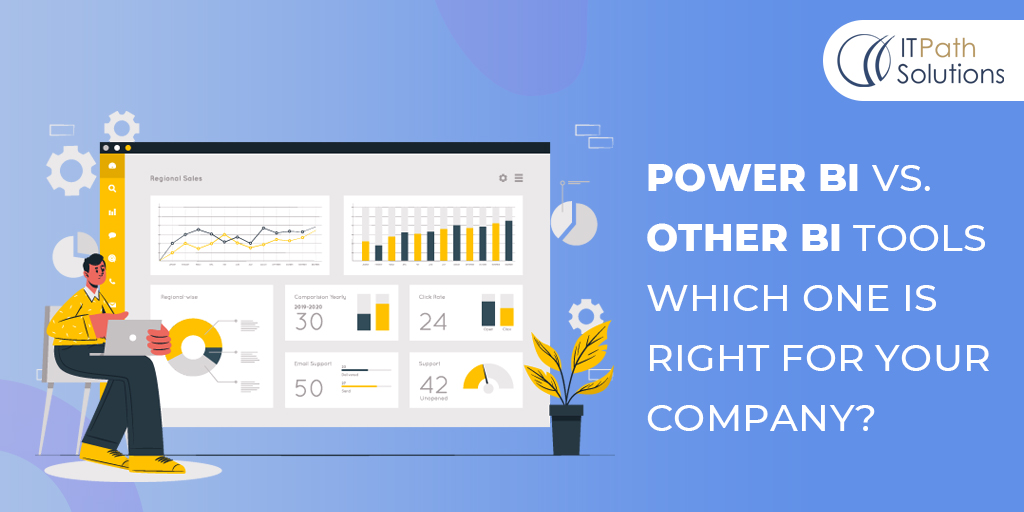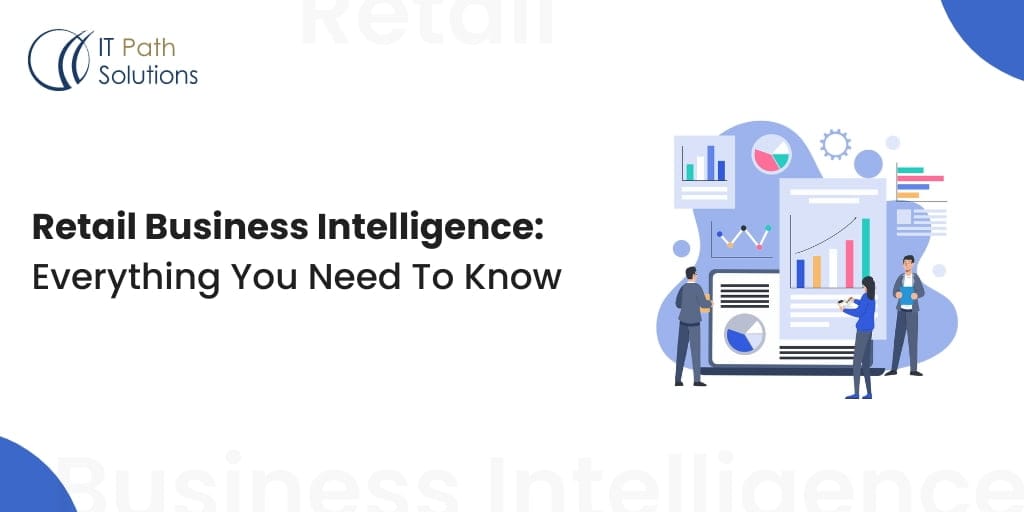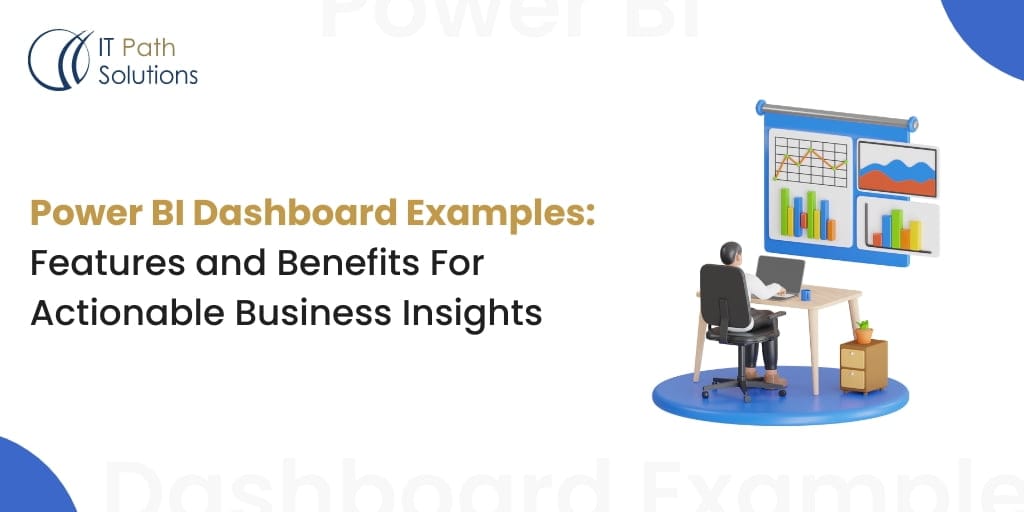Power BI vs. Other BI Tools: Which One is Right for Your Company?
Power BI
Introduction
Business intelligence (BI) tools have become an essential part of modern business operations. With the increasing amount of data generated by organizations, it has become critical to make sense of that data and turn it into actionable insights that can drive business decisions. BI tools are software applications that help companies collect, process, analyze, and visualize data to identify patterns and trends.
Choosing the right BI tool for your company is a crucial decision that can have a significant impact on the success of your business. With so many different BI tools available, it can be challenging to know which one is right for your organization. This blog post will explore the differences between Power BI and other popular BI tools, and help you determine which one is the best fit for your company’s needs.
Understanding BI Tools
BI tools are software applications that help businesses collect, process, analyze, and visualize data from various sources. They allow companies to identify patterns, trends, and insights from their data, which can then be used to make better business decisions.
BI tools come in many different types, each with its own strengths and weaknesses. The most common types of BI tools include:
- Reporting tools – these tools provide basic data analysis, allowing users to create static reports and charts based on data from various sources.
- Analytics tools – these tools provide more advanced data analysis capabilities, allowing users to manipulate data sets, create ad-hoc queries, and perform statistical analysis.
- Data visualization tools – these tools allow users to create interactive, dynamic visualizations of data, including charts, graphs, and maps.
- Data mining tools – these tools allow users to identify patterns and trends in data that may not be immediately apparent, by using advanced algorithms to analyze large datasets.
- Predictive analytics tools – these tools allow users to forecast future trends and outcomes based on historical data, by using machine learning algorithms to identify patterns and make predictions.
Choosing the right type of BI tool depends on the specific needs of your business. Reporting tools are a good choice for companies that need basic data analysis and reporting capabilities, while analytics tools are better suited for companies that need to perform more complex data analysis. Data visualization tools are ideal for companies that want to communicate data insights to stakeholders, while data mining and predictive analytics tools are useful for companies that want to identify patterns and trends in large datasets.
Power
Other Bi tools to Power BI Tools to comparison
BI is a popular business intelligence tool developed by Microsoft. It allows businesses to collect, process, analyze, and visualize data from various sources, including Excel spreadsheets, cloud-based services, and on-premises databases. Here’s an overview of Power BI’s features and benefits:
- User-friendly interface: Power BI has a user-friendly interface that is easy to use, even for non-technical users.
- Wide range of data sources: Power BI can connect to a wide range of data sources, including cloud-based services, on-premises databases, and Excel spreadsheets.
- Customizable dashboards: Power BI allows users to create customizable dashboards with interactive visualizations, making it easy to communicate data insights to stakeholders.
- Mobile-friendly: Power BI has mobile apps for iOS, Android, and Windows devices, allowing users to access their data on the go.
Now, let’s compare Power BI to other popular BI tools:
- Tableau: Tableau is another popular BI tool that is known for its advanced data visualization capabilities. It offers a wide range of visualization options and has a large community of users who create and share custom visualizations. Tableau is also known for its ease of use, allowing users to create visualizations and dashboards quickly.
Pros of Tableau:
- Advanced data visualization capabilities
- Easy to use
- Large community of users
Cons of Tableau:
- More expensive than Power BI
- Limited data preparation capabilities
- Limited data connectivity options
- QlikView: QlikView is a BI tool that emphasizes self-service analytics. It allows users to create interactive dashboards and reports, and it has powerful data exploration capabilities. QlikView is also known for its associative data model, which allows users to make ad-hoc associations between data sets.
Pros of QlikView:
- Self-service analytics capabilities
- Powerful data exploration capabilities
- Associative data model
Cons of QlikView:
- Expensive
- Steep learning curve
- Limited data connectivity options
- SAP Business Objects: SAP Business Objects is a BI tool that is part of the larger SAP software ecosystem. It offers a wide range of data analysis and reporting capabilities, and it integrates well with other SAP products.
Pros of SAP Business Objects:
- Integrates well with other SAP products
- Advanced reporting capabilities
- Wide range of data analysis options
Cons of SAP Business Objects:
- Expensive
- Steep learning curve
- Limited data visualization options
Overall, Power BI is a great choice for businesses that need a user-friendly, customizable, and mobile-friendly BI tool that can connect to a wide range of data sources. Tableau is a good choice for businesses that need advanced data visualization capabilities, while QlikView is a good choice for businesses that need powerful data exploration capabilities. SAP Business Objects is a good choice for businesses that already use other SAP products and need a BI tool that integrates well with them.
Factors to Consider When Choosing a Power Bi tools
Choosing the right BI tool for your company depends on a variety of factors, including:
- Cost: BI tools can vary widely in price, from free open-source options to expensive enterprise-grade solutions. Companies should consider their budget and the ROI they expect to get from the tool when making a decision.
- Ease of use: BI tools should be easy to use and intuitive for all types of users, including non-technical ones. Complex tools with steep learning curves can lead to lower user adoption rates and ultimately lower ROI.
- Scalability: BI tools should be able to scale to accommodate growing data volumes and user bases. Companies should consider the tool’s performance, ability to handle large datasets, and integration with other data management systems.
- Data security: BI tools should have robust security features to protect sensitive data from unauthorized access, data breaches, and cyber attacks. Companies should consider the tool’s security protocols and compliance with data protection regulations.
Now, let’s compare Power BI to other BI tools based on these factors:
- Cost: Power BI is relatively affordable compared to other BI tools, with a range of pricing options, including a free version and a paid version with additional features. Tableau and QlikView are more expensive than Power BI, while SAP Business Objects is even more expensive.
- Ease of use: Power BI has a user-friendly interface that is easy to use, even for non-technical users. Tableau and QlikView also have intuitive interfaces, but they can be more complex and have a steeper learning curve than Power BI. SAP Business Objects is known for its complex interface and requires more technical expertise to use effectively.
- Scalability: Power BI is highly scalable and can handle large datasets and user bases with ease. Tableau and QlikView are also scalable, but may require additional hardware and software to accommodate large datasets. SAP Business Objects is highly scalable but can be resource-intensive and may require more IT support.
- Data security: Power BI has robust security features, including secure data access, role-based security, and compliance with industry standards and regulations. Tableau and QlikView also have strong security features, while SAP Business Objects is known for its complex security protocols and may require more IT support to maintain.
Overall, when choosing a BI tool, companies should consider their specific needs and requirements in terms of cost, ease of use, scalability, and data security. Power BI is a strong contender in each of these categories and may be a good fit for many businesses, depending on their specific needs.
Use Cases
Power BI and other BI tools have a wide range of applications across industries and business functions. Here are some examples of companies and industries that might benefit from using these tools:
- Retail: Retail companies can use BI tools to analyze sales data, inventory levels, and customer behavior to make data-driven decisions about pricing, promotions, and product offerings.
- Healthcare: Healthcare providers can use BI tools to analyze patient data, track disease outbreaks, and identify areas for operational improvement, such as reducing wait times and improving patient outcomes.
- Finance: Financial institutions can use BI tools to analyze customer data, detect fraud, and manage risk.
- Manufacturing: Manufacturers can use BI tools to monitor production lines, optimize supply chain management, and analyze quality control data.
- Marketing: Marketing teams can use BI tools to analyze customer behavior, measure campaign effectiveness, and identify opportunities for new campaigns.
BI tools can be customized to fit specific use cases by configuring dashboards and reports to display relevant data and visualizations. For example, a retail company might configure a dashboard to display sales data by region, product category, and customer segment. A healthcare provider might configure a dashboard to display patient data by diagnosis, treatment, and outcome. These customizations allow companies to tailor the tool to their specific needs and extract maximum value from their data.
Conclusion
Choosing the right BI tool for your company is a critical decision that can have a significant impact on your business outcomes. Power BI is a popular and highly capable BI tool that offers a range of features and benefits, including affordability, ease of use, scalability, and robust security features. However, other BI tools, such as Tableau, QlikView, and SAP Business Objects, also offer unique features and benefits that may be a better fit for your company’s specific needs.
When evaluating BI tools, it’s essential to consider factors such as cost, ease of use, scalability, and data security, as well as your industry and use case. By doing so, you can make an informed decision and select a BI tool that helps you unlock the full potential of your data and drive business growth.
 Healthcare
Healthcare  Education
Education  Real Estate
Real Estate  Logistic
Logistic  Fitness
Fitness  Tourism
Tourism  Travel
Travel  Banking
Banking  Media
Media  E-commerce
E-commerce  Themes
Themes
 Plugins
Plugins
 Patterns
Patterns





